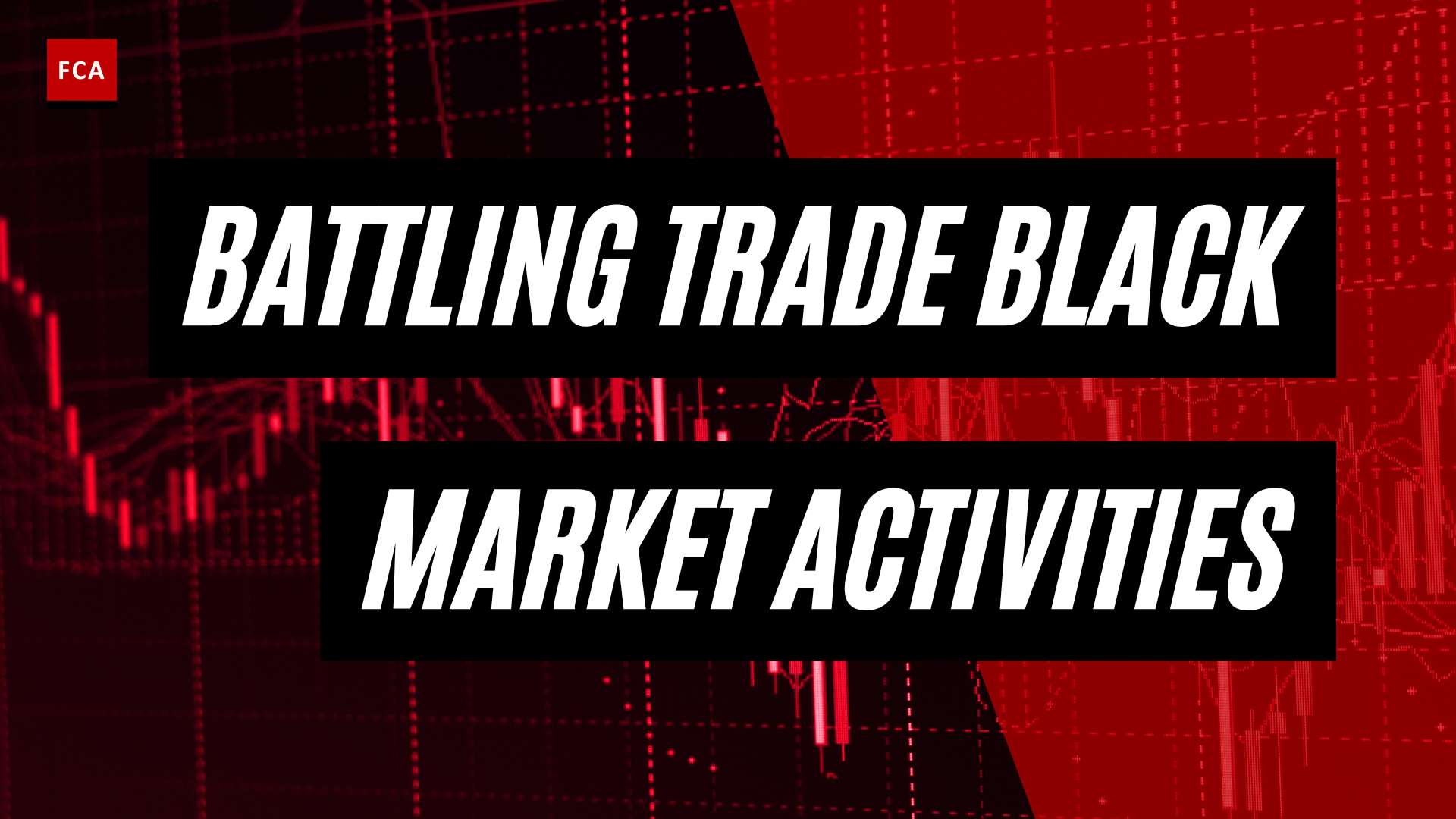Identifying red flags and atypical customer behavior accompany the entire customer life cycle and virtually every touch point with the customer. All of this is specific to a given organization and its products and services. However, some general red flags and types of behavior to look out for might indicate money laundering.
Identifying Atypical Customer Behavior
Throughout the ongoing customer relationship, you must consider the following:
Customer Behavior
What might make you suspicious is if the customer frequently changes your customer-facing representative several times in a short time without a legitimate reason. He could do this to find the weakest part of the chain or a customer representative that can be pressured or influenced. What is also atypical is if the client chooses an adviser who is geographically distant from himself or the location of the transaction. There is no legitimate reason for choosing that adviser over one who is closer. The customer may also ask for shortcuts or speed that can’t be explained, especially if he wants to find out who he is or what his background is. The customer might pressure the customer representative not to look too closely at the ID card. If the customer attempts to disguise themselves as the real owner of the business, this is almost always something to be sensitive about.
Source of Funds
Sometimes the source of finance doesn’t make sense and should raise questions about the basis of the transaction. Also, if you are an exporter of goods and have a client from a country home to big drug cartels, you want to keep things like the black market peso exchange in mind. Generally speaking, you want to look for large amounts of cash or significant private funding from an individual running a cash-intensive business. Additionally, it is advisable to be sensitive to a disproportionate amount of private funding or cash, which is inconsistent with the socio-economic profile of the individuals involved.
Business Structure
Watch out if the ownership structure is overly complicated when there is no legitimate or economic reason, which also applies to business transactions involving countries with a high risk of money laundering, or if false or suspicious documents are used to back up dealings. In this regard, your mind should make the connection to offshore shell companies and fictitious invoices, bogus loans, and the like.

Identifying Transaction Red Flags
First, you need to make sure that your monitoring system alerts you to transactions or patterns that are unusual, large, or complicated. Your employees or automated systems can do this for you.
However, what makes a transaction large or unusual will depend on the size of your business or organization and the services you offer. It will also depend on the types of customers and transaction activities you normally deal with.
As a general rule, transaction monitoring should send you an alert in the following five situations, which could be signs of money laundering:
- If a customer makes transactions that are much larger or more frequent than usual.
- If account balances or account activity for a customer are much higher or more frequent than usual.
- If transactions are sent to or come from a high-risk country or region, which goes right into the next one, namely if payments are sent to or come from a person or organization on a sanctions list.
- Your system should alert if other unexpected account activity from a customer may indicate money laundering or terrorism financing.
There are a lot of other customer transactions, activities, and ways of acting that could be signs that your business or organization is being used to launder money. You should always be aware of this general possibility and apply common sense to what is going on in your organization.
Final Thoughts
Red flags and atypical customer behavior accompany the entire customer life cycle. What might make you suspicious is if the customer changes your customer-facing representative several times in a short period of time. If the customer attempts to disguise themselves as the real owner of the business, this is almost always something to be sensitive about. As a general rule, transaction monitoring should send you an alert if account balances or account activity for a customer are much higher or more frequent than usual, or if transactions are sent to or come from a high-risk country or region, which goes right into the next one.








